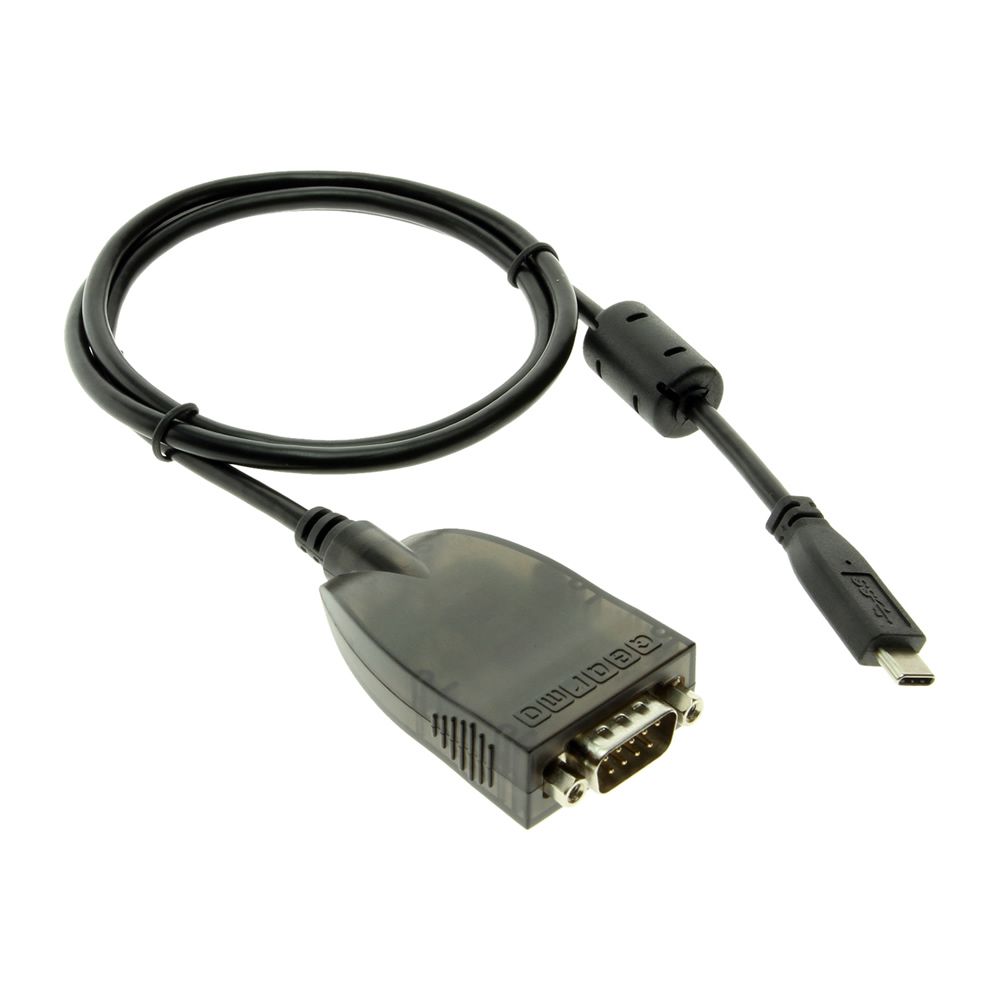What Are Common Irqs For Rs-232 Serial Ports
Serial Communication Serial port. The table below contains the address having the addresses for COM-ports in BIOS data range. Each address has two bytes.

Interfacing The Serial / RS-232 Port This page is optimised with JavaScript 1.2. Currently your browser has JavaScript switched off. Interfacing the Serial / RS232 Port The Serial Port is harder to interface than the Parallel Port. In most cases, any device you connect to the serial port will need the serial transmission converted back to parallel so that it can be used. This can be done using a UART. Incremental Update Sql on this page.
On the software side of things, there are many more registers that you have to attend to than on a Standard Parallel Port. (SPP) So what are the advantages of using serial data transfer rather than parallel? Serial Cables can be longer than Parallel cables. The serial port transmits a '1' as -3 to -25 volts and a '0' as +3 to +25 volts where as a parallel port transmits a '0' as 0v and a '1' as 5v. Therefore the serial port can have a maximum swing of 50V compared to the parallel port which has a maximum swing of 5 Volts.
Therefore cable loss is not going to be as much of a problem for serial cables than they are for parallel. You don't need as many wires than parallel transmission. If your device needs to be mounted a far distance away from the computer then 3 core cable (Null Modem Configuration) is going to be a lot cheaper that running 19 or 25 core cable.
However you must take into account the cost of the interfacing at each end. Infra Red devices have proven quite popular recently. You may of seen many electronic diaries and palmtop computers which have infra red capabilities build in. However could you imagine transmitting 8 bits of data at the one time across the room and being able to (from the devices point of view) decipher which bits are which? Therefore serial transmission is used where one bit is sent at a time. IrDA-1 (The first infra red specifications) was capable of 115.2k baud and was interfaced into a UART. The pulse length however was cut down to 3/16th of a RS232 bit length to conserve power considering these devices are mainly used on diaries, laptops and palmtops.
Microcontroller's have also proven to be quite popular recently. Many of these have in built SCI (Serial Communications Interfaces) which can be used to talk to the outside world. Serial Communication reduces the pin count of these MPU's. Only two pins are commonly used, Transmit Data (TXD) and Receive Data (RXD) compared with at least 8 pins if you use a 8 bit Parallel method (You may also require a Strobe).